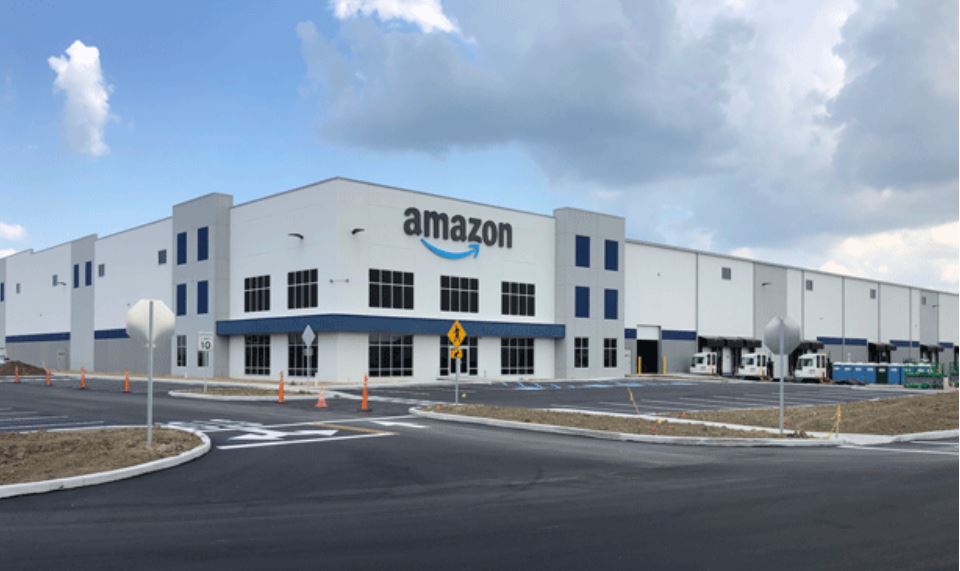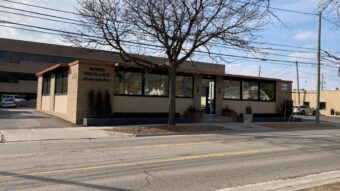Big deals are still getting done across the Midwest. And these deals are even more likely when they involve major ecommerce companies.
An example? In late July, Avison Young closed a 530,400-square-foot lease for Amazon in the Indianapolis market. The ecommerce giant will fill a newly built industrial building at Whiteland Exchange, a 2.4-million-square-foot master-planned business park adjacent to the intersection of Interstate-65 and Whiteland Road in Whiteland, Indiana.
Avison Young principal Sean McHale and senior associate Peter Seoane, both based in the company’s Indianapolis office, represented developer Jones Development Company in this lease transaction.
The Amazon deal is a big one. But it’s far from the only ecommerce transaction Avison Young has seen in the Indianapolis market. And across the country, the industrial market continues to thrive as more companies seek new warehouses and distribution centers.
This isn’t surprising: Since the COVID-19 pandemic first grabbed the country’s attention in March, consumers have flocked to online shopping as many avoid physical stores. This increased demand is inspiring companies to add new warehouses and distribution centers to their supply chains in an effort to get their products to their consumers in less time.
“In our market, we are seeing ecommerce driving big deals,” said McHale. “Companies are pushing for more last-mile facilities. Companies like Lowe’s and Amazon always had plans to increase their last-mile products. This pandemic, though, has simply escalated those plans.”
How quickly have these ecommerce players’ plans escalated? McHale said that many companies that had planned to add new facilities over three or five years are now opening facilities in 12 to 18 months.
“People are spending more time in their homes and on the Internet,” McHale said. “During this COVID-19 pandemic, people are ordering so many more products. Companies want to get their products out there faster. They need to add facilities to do that.”
McHale said that activity is especially strong today for smaller industrial facilities, buildings of 60,000 square feet to 150,000 square feet. That’s because companies don’t need massive warehouses or distribution centers for their last-mile needs.
“Even outside of what is going on with COVID right now, people are going to expect their products to come faster,” McHale said. “That’s what the customers want. If that’s what they want, companies are going to deliver it to them.”
The Whiteland Exchange business park is well-situated to take advantage of this rising demand. The business park is a one-day drive to more than 50 percent of all U.S. businesses.
“We are excited about the response to this new development and our ability to secure high-quality tenants that can support economic growth in the region,” says Nick Jones, executive vice president of development at Jones Development. “Given the prevailing need for efficient, newly-built space within the Indianapolis market, we expect to see solid activity at Whiteland Exchange throughout 2020.”
McHale said that he expects even more activity from Amazon in the Indianapolis market in the near future. Amazon has already made a major investment in the market, and will continue to grow its presence here, he said.
What does Amazon like about Indianapolis? McHale pointed to the lower cost-of-living here and the strong value of the area’s real estate and land. There’s also the market’s prime location in the center of the country and its strong interstate and rail access.
Indianapolis also boasts a strong workforce, McHale said.
“We have workers here who are loyal, know what they are doing and want to stay in their communities,” McHale said. “There are a lot of check marks for why Amazon likes us.”
With this transaction complete, Kansas City-based Jones Development will begin designing its next speculative project at Whiteland Exchange while the company continues to build out the master-planned park.
The Indianapolis market is seeing robust construction activity, with about 10.1 million square feet under construction at the close of the second quarter, according to Avison Young research. Strong absorption kept the vacancy rate at close to 4.5 percent at quarter-end.




